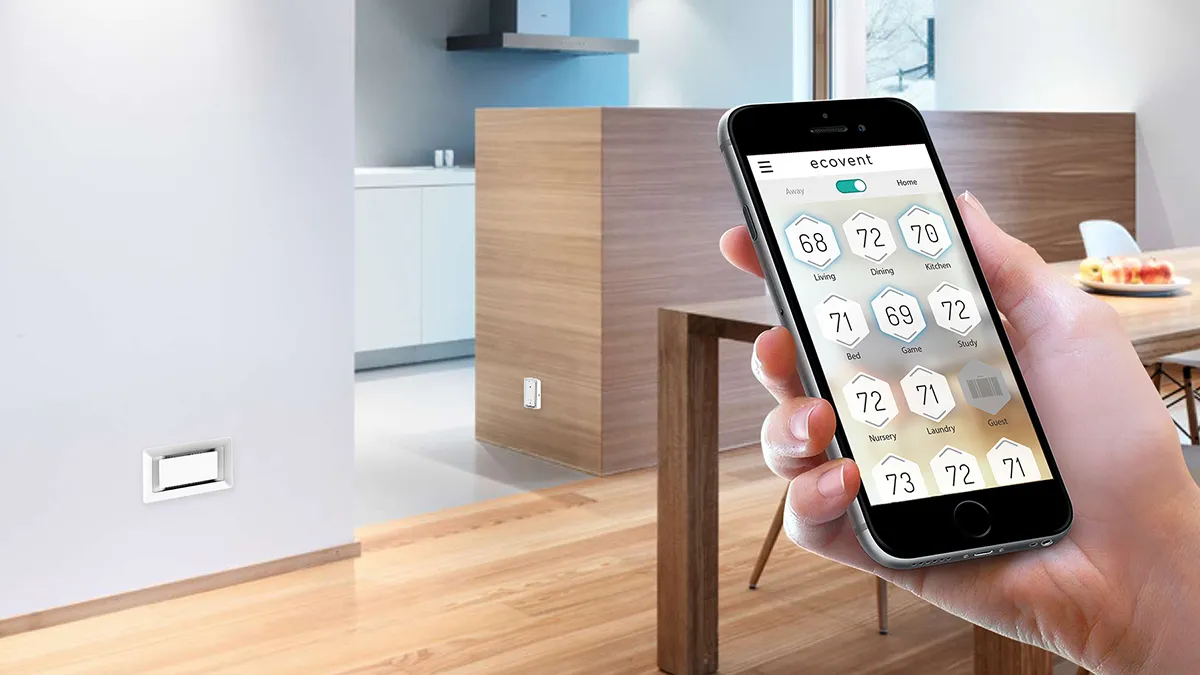Dive Brief:
- According to the American Institute of Architects, an aging population, recovery from the last housing collapse and slower-than-expected economic growth will determine home design trends for the next 10 years.
- Leading architecture firms identified the key trends as universal design, a healthy living environment, infill development with a focus on improved design, and kitchens as the focus of household activities.
- The AIA said that although these are the anticipated trends, new technologies, evolving building code and regulatory issues, and changing consumer preferences for housing features and materials will also influence home design.
Dive Insight:
Overall, the AIA said trends for the next 10 years will be determined by economic and demographic developments, rather than technological innovations alone. The baby boomers are heading into retirement years, and those 65 and older will account for two-thirds of the net population growth in the next 10 years, necessitating more aging-in-place design.
Gen Xers, or those between 31 and 50 years old, were hit hardest by the Great Recession and are a key demographic for the future of housing. The millennials, however, are the largest generation, and delays in life events like marriage and family for this group will skew demand toward renting. The slowdown in population growth will reduce the need for new homes, according to the AIA, shifting the focus to improving existing homes.
The AIA’s full list of the top 10 residential design trends for the next 10 years includes:
- Technological integration will become more prevalent, with dedicated support for personal devices, along with automated controls for temperature, security and lighting
- Increased consumer awareness about environmental health issues, leading to more widespread use of low or no volatile organic compounds for paint and composite wood, natural fiber upholstery, carpets without polyvinyl chloride backing and air purification systems
- Design strategies that strengthen homes against natural disasters, including elevating residences, windows with impact glazing, dedicated safe rooms and backup power generation
- Increased use of energy-efficient and other sustainable design elements and products such as solar panels, water reclamation systems and tankless water heaters
- Aging-in-place and universal design elements to accommodate an aging population, including wider hallways, added handrails and one-level living spaces
- Kitchens serving as the focal point of the home, highlighted by open design concepts
- Heavy emphasis and investment in outdoor living spaces
- Need for space devoted to home offices, reflecting changing work patterns
- Infill development promoting smaller, better designed homes
- Strong preference for urban lifestyle characteristics, resulting in higher-density development that provides additional amenities to residents









